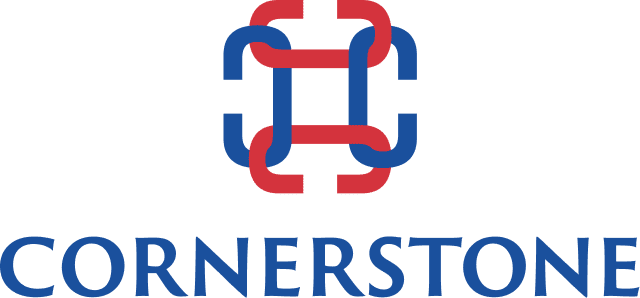New Leader Blueprint For That One Question
What does this mean for me? That’s the only question anyone has for an executive onboarding into a new role.
No one cares about you. All they care about is how you’re going to impact their lives.
And they’re scared. Change is uncertain and unsettling. This is why you have to establish your credibility, connect emotionally, rationally confirm the current reality, and paint an inspirational picture of a shared future.
This is counter-intuitive for most new executives. They think others want to learn about their background, how they like to work, and their vision and values. People do want to understand those – but not first. They can’t hear anything until they believe they’re going to be safe. And, in a crisis, this is magnified exponentially.
Start with Aristotle’s Ethos – Pathos – Logos framework:
- Ethos gets at why the audience should listen to you – credibility and character.
- Pathos is about connecting with the audience’s emotions.
- Logos is about convincing with logic or reason.
Add the emotional – rational – inspirational framework:
- Emotional: Be authentic, relatable and vulnerable as you empathize with how they are feeling.
- Rational: Lay out the hard facts and possible impacts of the current situation.
- Inspirational: Paint an optimistic view of the future and how you all can get to that future together.
Mash those together, adding-in the need to converge into an organization before you try to evolve it, and you get these building blocks for your day one communication.
Credibility. Someone needs to give the audience a reason to listen to you – but not you. Let someone else introduce you and explain why you’re the right person for this job. They can say things you can’t.
If they talk about you’ve done in the past, that helps others believe you are the right leader for this situation. They are endorsing you and making people more willing to listen to you. If you say those things, you’re bragging. And no one likes braggarts.
Emotional Connection. The person introducing you should give your audience a reason to listen to you. Follow that by making the audience want to listen to you. Do this by giving them insight into your character.
Help them relate to you in a way that makes them think you’ve been in their shoes or, at least, understand what they’re going through. Be authentic, relatable and vulnerable as you empathize with how they are feeling.
Rational Current Reality. Having connected emotionally, now you can look at the hard facts of the current situation. This is the first part of the Stockdale Paradox – realism. This is cold, rational, logical and reasonable. Stay as close to the facts and as far away from opinion as you can.
New York Governor Andrew Cuomo has started every one of his daily Covid-19 press conferences with facts. He is being crystal clear on when he is sharing facts and when he is sharing opinions. Do that.
Inspirational Shared Future. End with the second part of the Stockdale Paradox – optimism. Paint a picture of the future in which all can envision themselves. It’s not about your vision. It’s about their vision.
This is where you inspire them and make them want to work with you to get to that better place together. Note that “work with you” is hugely different than “follow you.” Share the vision. Build the path together.
If you do this right, your audience will think:
- I should listen to this new leader (credibility)
- I want to listen to this new leader (emotional connection)
- This new leader understands our predicament (rationally)
- I like this new leader’s direction (inspired)
This has been about day one first impressions. Once you’ve established your credibility, think in terms of emotional connection – rational assessment – inspirational direction.
Many new leaders go through New Leader Assimilation sessions to answer questions about their background, ways of working, vision and values. This flips the communication from bragging to responding.
A month or so in, pivot from asking questions and converging to evolving by co-creating a shared purpose and imperative. Telling yields compliance. Selling, testing or consulting invites contribution. Co-creation inspires commitment.


